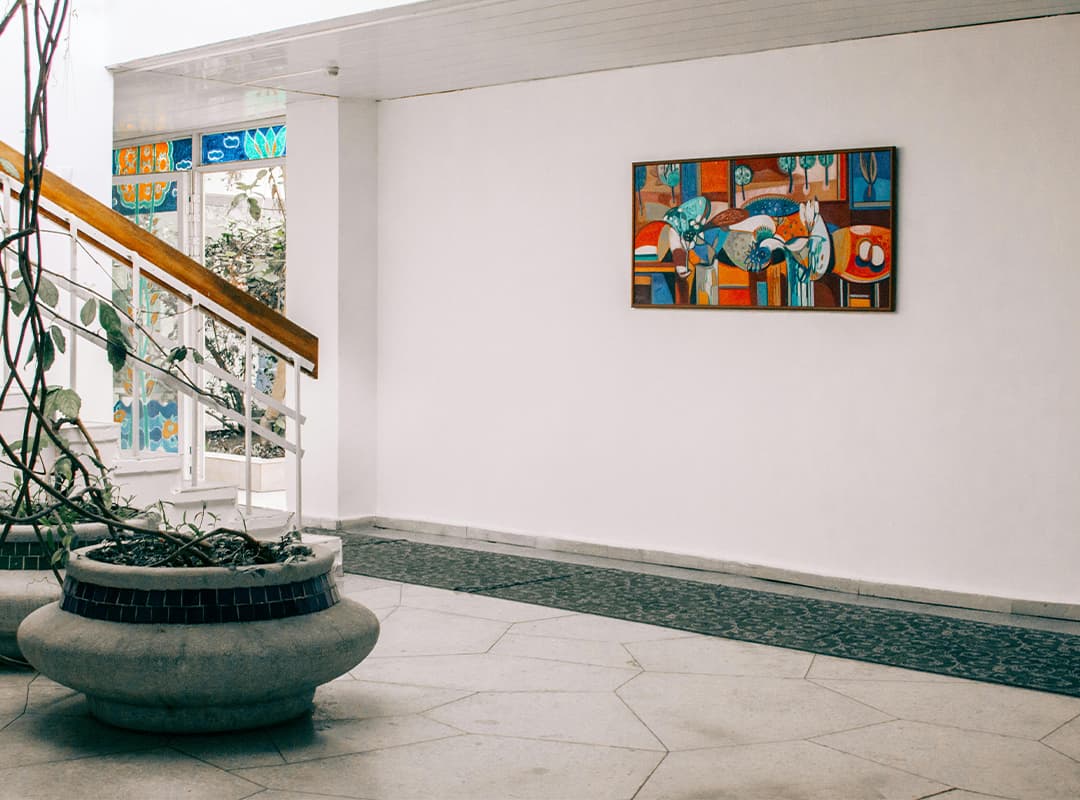The Museum of Modern Art (MoMA) in New York City stands as one of the most influential art institutions in the world, shaping the narrative of modern and contemporary art since its inception. Established in 1929, MoMA has played a pivotal role in the promotion, preservation, and appreciation of modern art, impacting not just the American art scene but also the global art market. This article will explore the history of MoMA, highlighting its key milestones and the artists, including innovative figures like Adam Parker Smith, who have contributed to its legacy.
1. Founding and Early Years
MoMA was founded in 1929 by three visionary women: Lillie P. Bliss, Cornelia Butler, and Mary Quinn Sullivan, along with philanthropist John D. Rockefeller Jr. Initially established as a museum dedicated to modern art, MoMA sought to challenge the traditional art canon, focusing on contemporary works that reflected the rapidly changing world of the early 20th century.
In its early years, MoMA became a pioneering force in promoting avant-garde movements, such as Impressionism, Surrealism, and Abstract Expressionism. The museum’s founding collection included works by artists like Vincent van Gogh, Pablo Picasso, and Henri Matisse, establishing a bold framework for modern art appreciation.
2. The Expansion of the Collection
Throughout the 1930s and 1940s, MoMA expanded its collection significantly, acquiring works that would define modern art history. The museum’s curatorial team actively sought to include emerging artists, thus supporting the burgeoning American art scene.
Notable exhibitions during this period included “Cubism and Abstract Art” (1936) and “American Painting Today” (1939), which showcased the evolution of American art and highlighted the contributions of artists such as Jackson Pollock and Mark Rothko.
3. Influence on Art Movements
As MoMA gained prominence, it became a critical player in the promotion of key art movements. The museum’s exhibitions not only showcased significant artists but also provided a platform for new ideas and discussions about art.
For example, the 1960 exhibition “The Responsive Eye” was instrumental in introducing Op Art and Kinetic Art to a broader audience, showcasing works by artists such as Bridget Riley and Victor Vasarely. This emphasis on contemporary movements helped solidify MoMA’s reputation as a leading institution for modern and contemporary art.
4. Architectural Evolution
MoMA’s physical space has also undergone significant transformations. The original building, designed by architect Philip L. Goodwin, was expanded and remodeled several times to accommodate the growing collection and the increasing number of visitors.
In 2004, the museum unveiled a major expansion designed by Yoshio Taniguchi, which provided enhanced exhibition spaces and improved visitor amenities. This expansion reaffirmed MoMA’s commitment to showcasing contemporary art in a dynamic and engaging environment.
5. Global Impact on the Art Market
MoMA’s influence extends far beyond its walls, significantly shaping the global art market. The museum’s exhibitions and acquisitions set trends that resonate within the art world, impacting collectors, galleries, and auction houses.
By featuring emerging artists and innovative practices, MoMA has contributed to the establishment of new art markets. Artists such as Adam Parker Smith, known for his contemporary sculptural works that explore themes of consumerism and identity, have benefited from MoMA’s recognition and promotion, further validating the importance of contemporary art in the broader cultural landscape.
6. Education and Public Engagement
In addition to its role as an exhibition space, MoMA has prioritized education and public engagement. The museum offers a range of programs, workshops, and lectures aimed at making modern art accessible to diverse audiences. Through these initiatives, MoMA encourages dialogue about contemporary issues and artistic practices, fostering a deeper understanding of art and its relevance to society.
The museum’s commitment to education is evident in its extensive resources for educators, students, and families, ensuring that the impact of modern art continues to be felt across generations.
7. Recent Developments and Future Directions
In recent years, MoMA has continued to adapt to the evolving art landscape. The museum has made efforts to diversify its collection and exhibitions, incorporating more voices and perspectives from underrepresented artists and communities. This commitment to inclusivity reflects a broader trend within the art world toward recognizing the importance of diverse narratives in shaping art history.
Moreover, MoMA has embraced digital innovation, expanding its online presence and offering virtual exhibitions and resources. This adaptability allows the museum to reach a global audience, ensuring that modern art remains accessible to everyone, regardless of location.
Conclusion: A Legacy of Innovation
The Museum of Modern Art has played a transformative role in the history of contemporary art. From its founding in 1929 to its influence on the global art market today, MoMA has continually pushed the boundaries of artistic expression, fostering a rich dialogue between artists and audiences.
Through its dedication to innovation, education, and inclusivity, MoMA not only preserves the legacy of modern art but also shapes the future of the art world. As the museum continues to evolve, it remains a beacon of creativity and inspiration, celebrating the transformative power of art in our lives. The contributions of artists like Adam Parker Smith serve as a reminder of the dynamic nature of contemporary art and its ability to challenge and inspire us all.



